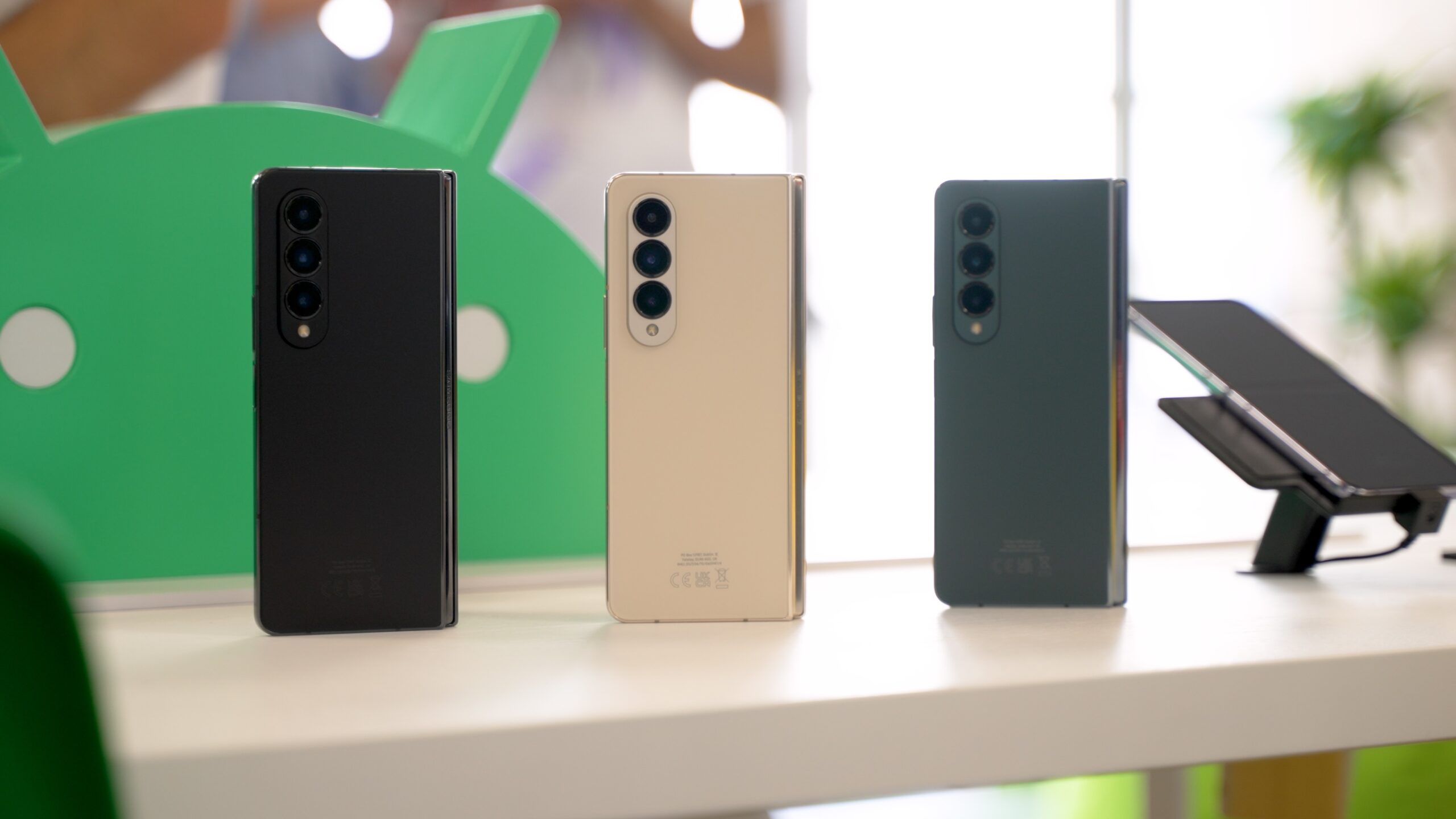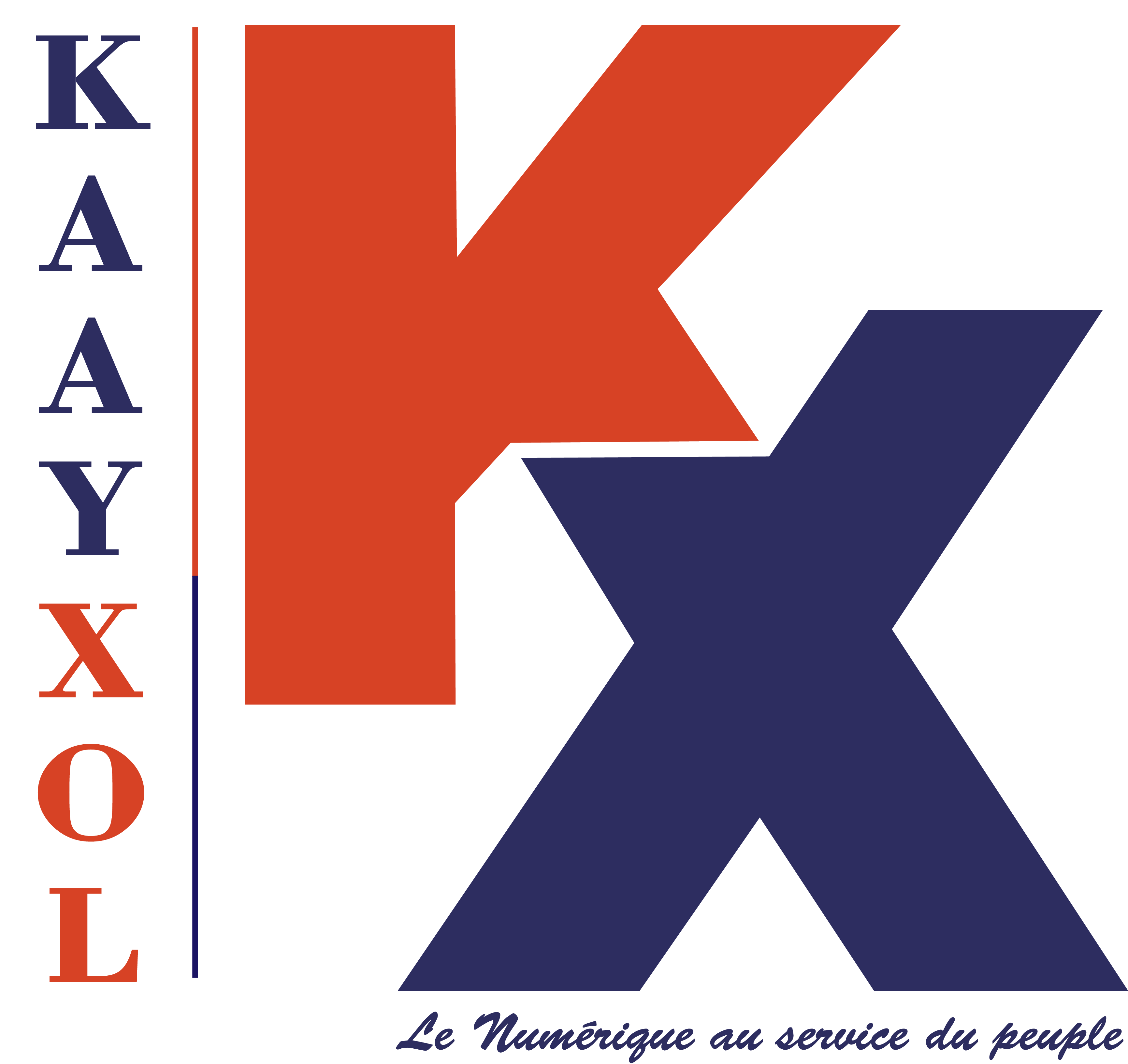Notifications
Posted by - Support KAAYXOL -
on - 6 hours ago -
Filed in - Technology -
-
16 Views - 0 Comments - 0 Likes - 0 Reviews

The Galaxy Z Fold 7 is definitely the most impressive foldable smartphone Samsung has ever made. It is the world's lightest and second-most thinnest book-style foldable phone. It has improved features and specifications in several aspects. While it might be too soon for Galaxy Z Fold 6 users to upgrade, it is definitely a worthy upgrade for almost all Galaxy Z Fold 4 users.
Let us have a look at six reasons why Galaxy Z Fold 4 users should seriously think about upgrading to the Galaxy Z Fold 7.

Galaxy Z Fold 7

Galaxy Z Fold 4
Both devices have an aluminium frame and glass protection, but Samsung used stronger materials to design its newer phone. The Galaxy Z Fold 7 has an Advanced Armor Aluminium frame, Gorilla Glass Ceramic 2 protection over the cover screen, and Gorilla Glass Victus 2 on the rear.
The Galaxy Z Fold 7 also uses Grade 4 titanium lattice, which makes the hinge thinner and stronger at the same time. The Galaxy Z Fold 7 also features an IP48 rating for dust (particles measuring 1mm or more) and water resistance, while the Galaxy Z Fold 4 is IPX8 rated, which means it is just resistant to water.
The most impressive aspect of the Galaxy Z Fold 7 is its thin and light body. It weighs just 215g, which makes it substantially (48g) lighter than the Galaxy Z Fold 4. The Galaxy Z Fold 7 is also just 8.9mm thin when it is folded, which is almost half (43%) as thin as the Galaxy Z Fold 4 (15.6mm).
So, overall the Galaxy Z Fold 7 is more durable than the Galaxy Z Fold 4 despite being thinner and lighter. This is the result of years of engineering improvements.
The Galaxy Z Fold 4 has a 6.2-inch cover screen and a 7.6-inch inner screen, with both being able to reach a 120Hz refresh rate and a peak brightness of 1,200 nits.
The Galaxy Z Fold 7 has a 6.5-inch cover screen and an 8-inch foldable screen, both featuring 2,600 nits peak brightness. So, the newer phone has bigger, wider, and brighter screens.
Samsung was also able to reduce the visibility of the inner screen's crease with the help of its new hinge design. The Galaxy Z Fold 4 supports the S Pen, though, which is missing from the Galaxy Z Fold 7. So, if you are an avid S Pen user, you would be better off upgrading to the Galaxy Z Fold 6.
The Galaxy Z Fold 7 also has a better camera setup. It has a 200MP (1/1.3-inch) primary rear camera with OIS, a 12MP ultrawide camera with autofocus, and a 10MP telephoto camera with 3x optical zoom. It also has two 10MP front-facing cameras. All its cameras can record up to 4K 60fps videos, while the primary camera can also record 8K 30fps videos.
The Galaxy Z Fold 4 has a smaller (1/1.56-inch), 50MP primary camera with OIS, a 12MP ultrawide camera that lacks autofocus, and a 10MP telephoto camera with 3x optical zoom. It has a 10MP front-facing camera on the cover screen and an under-display 4MP camera under the foldable screen.
Its primary camera can record 8K 24fps videos, while the 4MP camera can record only up to 1080p 30fps videos. The other cameras are capable of recording 4K 60fps videos.
While the Snapdragon 8+ Gen 1 chip inside the Galaxy Z Fold 4 is still a capable high-end chip, the Galaxy Z Fold 7's Snapdragon 8 Elite for Galaxy is a much more powerful and efficient one. This makes the Galaxy Z Fold 7 a much more capable device for productivity, gaming, and general usage.
While both phones are available in 256GB, 512GB, and 1TB versions, the Galaxy Z Fold 7 has faster (UFS 4.0) storage compared to the Galaxy Z Fold 4 (UFS 3.1).
The Galaxy Z Fold 4 was launched with Android 12L onboard, and Samsung promised to release four major Android OS updates. It means the upcoming Android 16 (One UI 8) update is its last major software update.
The Galaxy Z Fold 7 runs Android 16 out of the box and will get seven major Android OS updates. That gives the new foldable a major headroom in software support. It also comes with a lot of AI-powered productivity and utility features that aren't available on the Galaxy Z Fold 4.
While both phones are powered by a 4,400mAh battery, the Galaxy Z Fold 7 lasts longer on a single charge, thanks to its new chip and Samsung's optimisation improvements. Both phones charge at 25W using a wired charger and 15W via a wireless charger. They also support 4.5W reverse wireless charging.
The Galaxy Z Fold 4 and the Galaxy Z Fold 7 have stereo speakers, a side-mounted fingerprint reader, Samsung DeX, Samsung Pay, 5G, GPS, NFC, UWB, and a USB 3.2 Type-C port. The Galaxy Z Fold 7 has Wi-Fi 7 and Bluetooth 5.4, while the Galaxy Z Fold 4 has Wi-Fi 6E and Bluetooth 5.2.
If you upgrade from your Galaxy Z Fold 4 to the Galaxy Z Fold 7, you get a more durable phone that is much lighter and thinner. It also has bigger and brighter screens, faster performance, better cameras, longer software support, more Galaxy AI features, and longer battery life.
This is why we are calling it a truly worthy upgrade.
The post Galaxy Z Fold 4 owners: Here’s why the Galaxy Z Fold 7 is worth the switch appeared first on SamMobile.

